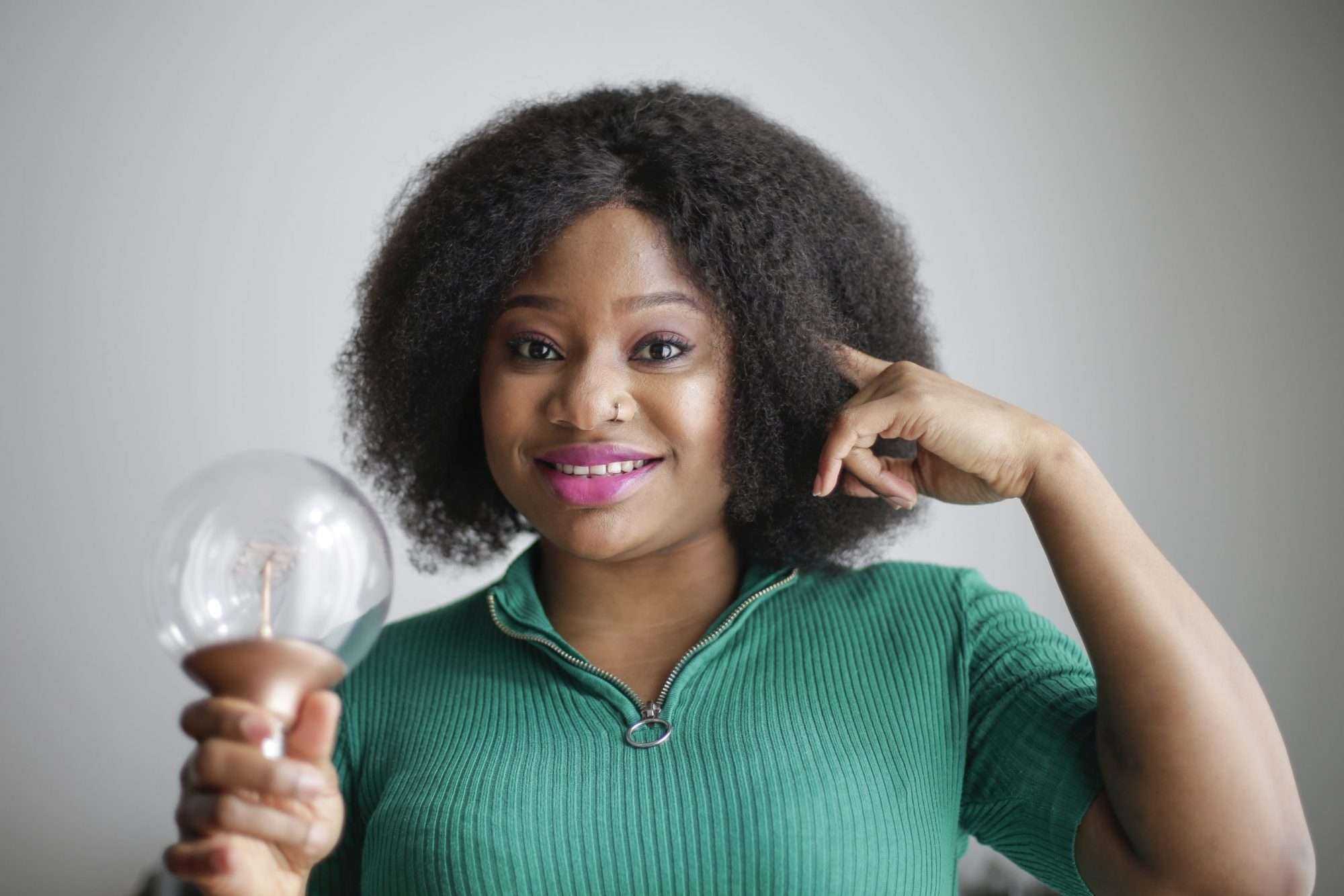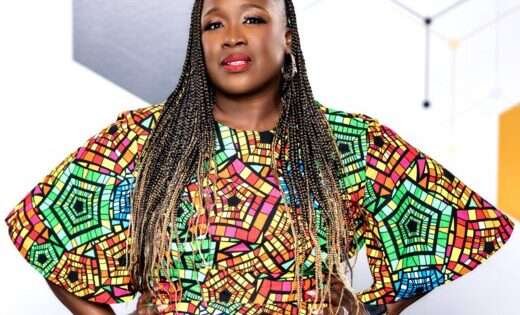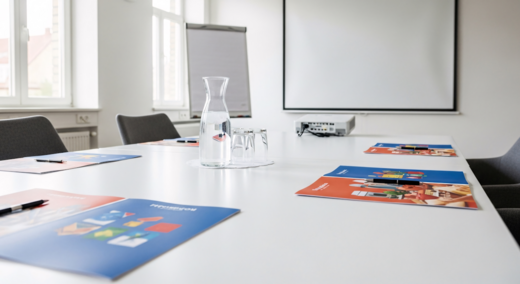on
BY SIMONE J. SMITH
I received an email from a member of our Toronto Caribbean Community gently telling me that he enjoyed my article about African Inventors, but he did not think that I had dug deep enough.
Since then, this gentleman has been sharing information with me, and I must say, I have learned a lot from him. You see, that is what it is all about learning from our elders and passing this knowledge down to the next generation. It is the only way that they are going to know that we as a people have produced great work; work that can never be duplicated, but most definitely can be added on too.
Ready to take a trip down the scientific highway? Let’s begin.
Philip Emeagwali
Father of the internet
He is known as the Second Greatest Genius in Mathematics, the Third Greatest Genius Alive, he was voted “Father of the Modern Computer,” and holds the title of the Greatest Scientist of African Descent Ever.
Philip Emeagwali was born in 1954 in Nigeria. At a very young age, his genius was recognized, and he was nicknamed “Calculus” by schoolmates. At age 14, he had mastered calculus, and could out-calculate his instructors.
Unfortunately, he had to drop out of school because his family could not afford to send all eight children. This did not stop Philip. He continued studying on his own. At the age of 17, he was awarded a full scholarship to Oregon State University where he majored in math. Upon graduation, he attended George Washington University and was awarded two engineering master’s degrees: one in civil engineering and the other in marine engineering. He didn’t stop there. He also received a master’s in mathematics from the University of Maryland, and completed his doctorate from the University of Michigan in civil engineering (National Society of Black Physicists)
Some of his greatest scientific achievements include:
- Designing the program and formula for the fastest computer on earth, the Connection Machine. His design allows us to search the internet to our hearts desire.
- Designed equations to explain how sperm swim, how polluted groundwater flows, how the earth’s interior moves and causes volcanic eruptions, and how to recover petroleum safer and in larger quantities.
As many great Africans before him, Emeagwali utilized nature as the inspiration for the Connection Machine. He remembered observing bees in nature. He saw their way of working together and communicating with each other was more efficient than trying to accomplish tasks separately. He wanted to make computers emulate the construction and operation of a beehive’s honeycomb.
Dr. Marian Rogers Croak
The highest female patent holder at AT&T
If you are a reality show watcher (America’s Got Talent, Big Brother), and have ever voted for your favourite person to win, you have our next scientist to thank for that.
Marian Rogers Croak grew up in New York City. She attended Princeton University and completed her doctoral studies at the University of Southern California in 1982, specializing in social psychology and quantitative analysis.
She is currently the highest female patent holder at AT&T with 127 patents (and counting). Her work helped change the way we integrate communication capabilities into our daily lives. She made it possible for TV viewers to interact with reality shows via voting, enabled by text messages.
The importance of this invention was first noted, shortly after Hurricane Katrina battered the coast in August 2005. Dr. Croak envisioned an alternate use for this technology–one that would enable people to efficiently donate money for charitable groups responding to natural disasters. She developed the technology that enables us to text a designated number to make a donation to an organization such as the Red Cross. The usefulness of this technology was again recognized after the 2010 earthquake hit Haiti. The American Red Cross raised more than $32 million via individual $10 donations from people who texted the word “Haiti” to 90999 (blackengineer.com).
She was inducted into the Women in Technology Hall of Fame in 2013 and was named the 2014 Black Engineer of the Year award and Fierce Wireless Most Influential Women in Wireless.
Not too long after she left AT&T to join Google, where she serves as a Vice President for Engineering. She serves on the board of directors of the Centre for Holocausts, Human Rights & Genocide Education. Her proudest achievements are her three adult children (two sons and a daughter).
Frederick McKinley Jones
The Thermo King
Have you ever wondered how they transport items that have to stay cold from one location to the other? Your first answer would be “Duh Simone! In those refrigerated trucks.” Great! The question is, who thought of doing that?
Our next inventor is a great example of why our circumstances do not make us. Frederick McKinley Jones was born in Cincinnati, Ohio, on May 17th, 1893 to a white father and black mother. His mother deserted him when he was a young child, which left his father struggling to raise him on his own. At the age of seven, he was sent to live with a priest in Kentucky. Two years later, his father died. This left Frederick as an orphan, and at the age of 11, with minimal education under his belt, Jones ran away to fend for himself (https://www.biography.com/).
By the time he was twenty, Jones was able to secure an engineering license in Minnesota. He served in the U.S. Army during World War I, and his natural ability to repair machines was recognized. He was often called upon to make repairs to machines and other equipment.
In the 1930s, he designed and patented a portable air-cooling unit for trucks carrying perishable food. Forming a partnership with Numero, Jones founded the U.S. Thermo Control Company (Thermo King). His invention was the roof-mounted cooling system that’s used to refrigerate goods on trucks during extended transportation the company grew exponentially during World War II, helping to preserve blood, medicine and food. By 1949, U.S. Thermo Control was worth millions of dollars (https://www.biography.com/).
In 1944, Frederick became the first African American elected to the American Society of Refrigeration Engineers. He died of lung cancer in Minneapolis, Minnesota, on February 21st, 1961.
Bessie Blount
Steadfast and Strong-willed
Bessie Blount was often slapped on the knuckles for being born left-handed, and because of that, she was forced into using her right hand. Her strong will made her take a stand; if she shouldn’t write left-handed, she shouldn’t write with her right. So, she taught herself to write with a pencil in her mouth, and to write with her toes. It was a skill that would be helpful in training amputees to write without their hands.
Born in Hickory, Virginia in 1914, Bessie was always interested in a career in medicine. She moved from Virginia to New Jersey where she studied to be a physical therapist at the Panzar College of Physical Education and at Union Junior College. She decided to further her training as a physical therapist in Chicago.
At the end of World War II, Bessie was a practicing physical therapist, and many of her patients were amputees from the front lines. Remembering what she had practiced as a young child, Bessie taught the amputees how to use their feet instead of their hands to do some basic tasks. The one difficulty was eating. Blount saw this as an opportunity to try to invent something to help these men regain some independence and lift their spirits.
In 1951, she designed her first invention, a patented feeding tube that allowed amputees to feed themselves. The electrical device allowed a tube to deliver one mouthful of food at a time to a patient in a wheelchair or in a bed whenever he or she bit down on the tube. She presented her feeding tube to the American Veteran’s Administration, but they were not interested. She patented a simpler device called a “portable receptacle support” which also allowed people to feed themselves.
She later discovered the need for an emesis basin. She came up with the idea of a disposable cardboard emesis (vomit) basin. She baked a mixture of newspaper, flour and water in her oven to make the basin. Once again, she presented her idea to the American Veteran’s Administration, and they showed no interest. Remaining strong willed, Bessie sold her patented equipment to Belgium. To this day Bessie Blount’s vomit basin design is commonly found in hospitals in Belgium.
Alexander Miles
Thank God for Elevators
We can all say that we are grateful for the invention of the elevator. If it had not been invented, we would probably all be in much better shape because we would have to commit to long and gruelling climbs up flights of stairs. However, before the creation of elevator doors that close automatically, riding an elevator (then called a lift) was both complicated and risky.
Before automatic doors, people had to manually shut both the shaft and elevator doors before riding. If someone forgot to do this, it led to multiple accidents as people would fall down elevator shafts. Alexander Miles had a personal experience with this when his daughter almost fatally fell down the shaft. He took it upon himself to develop a solution. In 1887 he took out a patent for a mechanism that automatically opens and closes elevator shaft doors and to this day, we have him to thank for the opening and closing of elevator doors.
What he did was attach a flexible belt to the elevator cage, and when the belt came into contact with drums positioned along the elevator shaft just above and below the floors, it allowed the elevator shaft doors to operate at the appropriate times (http://www.myblackhistory.net/). The elevator doors themselves were automated through a series of levers and rollers.
In 1900, it was believed that Alexander Miles was the “wealthiest African man in the Northwest.” Alexander Miles died sometime after 1905 and was inducted into the National Inventors Hall of Fame in 2007.
There you have it. As a people, Africans have donated their expertise and talents to the world, and we must continue to share this information with our young people so that they know that anything, and everything is possible.
References
Biography.com
https://www.biography.com/
National Society of Black Physicists
https://www.nsbp.org/
My Black History
http://www.myblackhistory.net/
United States Black Engineers
blackengineer.com
Stay in the loop with exclusive news, stories, and insights—delivered straight to your inbox. No fluff, just real content that matters. Sign up today!
We, as humans are guaranteed certain things in life: stressors, taxes, bills and death are the first thoughts that pop to mind. It is not uncommon that many people find a hard time dealing with these daily life stressors, and at times will find themselves losing control over their lives. Simone Jennifer Smith’s great passion is using the gifts that have been given to her, to help educate her clients on how to live meaningful lives. The Hear to Help Team consists of powerfully motivated individuals, who like Simone, see that there is a need in this world; a need for real connection. As the founder and Director of Hear 2 Help, Simone leads a team that goes out into the community day to day, servicing families with their educational, legal and mental health needs.Her dedication shows in her Toronto Caribbean newspaper articles, and in her role as a host on the TCN TV Network.












